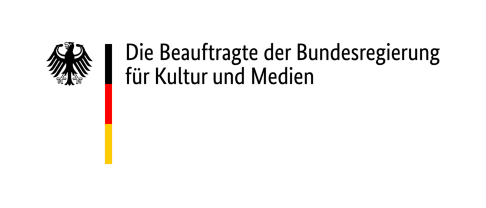Project Space Shifting Present
The Institute of Queer Ecology
Hysteria
Mar. 4 - June 4, 2023
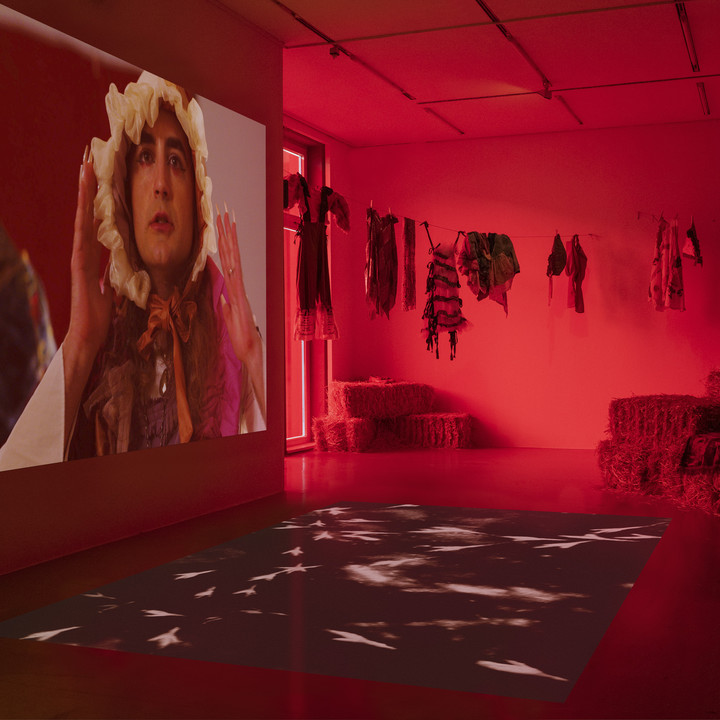
The Institute of Queer Ecology (IQECO) is an ever-evolving, collaborative organism that brings peripheral solutions for environmental degradation to the forefront of public consciousness. IQECO projects are interdisciplinary but grounded in the theoretical framework of queer ecology, an adaptive practice concerned with interconnectivity, intimacy, and multispecies relationality. Queer ecology can be a tool for understanding ourselves, our environments, our biologies, and our collaborations through queer lenses. It teaches queer strategies of transformation and symbiosis—mutability and mutualism—that allow us to reinhabit and rehabilitate a planet experiencing profound and rapid changes.
Hysteria is an original multichannel video installation by IQECO premiering at the Kestner Gesellschaft. In this installation, the institute uses image, movement, and sound to construct an ecofeminist retelling of the poorly understood “dancing plagues” that swept through Europe between the tenth and the seventeenth centuries. The afflicted dancers are subtly recast as pointedly subversive agents entangled in environmental contagion and contamination that drive these wild, manic uprisings.
Dancing plagues (also referred to as dancing mania, choreomania, and tarantism) were spontaneous social phenomena in which groups of people, at times in the thousands, danced erratically and without restraint. The mania affected people of all ages and genders, and they often danced until they collapsed from exhaustion or suffered injury and even death. Although the phenomenon is well documented and affected multitudes of people across several centuries, these choreomanic events are still poorly understood. Some current theories explicitly cite ecological factors as likely origins for these choreomanic events. In one suggestion, the fungal disease ergotism, once known as St. Anthony’s fire, might be responsible for provoking widespread psychosocial turmoil. Ergot fungus would spread to rye and other grains in the damp periods following floods and in unseasonably rainy years, and the fruiting bodies of these fungi can cause hallucinations and convulsions when ingested.
In their recent work, the IQECO navigates the idea of a vanishing “nature” through frameworks of queer futurity. The artists assume a position of critical optimism, in part as a coping mechanism for the pain of living in, engaging with, and loving a biodiverse world that is being undeniably annihilated.
Founded in 2017 and co-directed by Lee Pivnik and Nicolas Baird, The Institute of Queer Ecology has worked with over 130 different artists to date, presenting interdisciplinary programming that oscillates between curating exhibitions and directly producing artworks. The collective for this exhibition project consists of Lee Pivnik, Nicolas Baird, Maya Bjornson, Dasychira (Adrian Martens), Aimee Lin, Juan Luis Matos, Nadia Hannan, Juan Heilbron and Daniel Ayat.
IQECO has presented projects with the Guggenheim Museum (New York, United States), the Institute of Contemporary Art (Miami, United States), the Julia Stoschek Collection (Düsseldorf, Germany), the Medellín Museum of Modern Art (Medellín, Colombia), the Museum of Contemporary Art (Belgrade, Serbia), the Biennale of Sydney (Australia), Prairie (Chicago, Illinois, United States), Bas Fisher Invitational (Miami, Florida, United States), Gas Gallery (Los Angeles, California, United States), and Vox Populi (Philadelphia, Pennsylvania, United States), among others.
Curator: Alexander Wilmschen
Learn more about The Institute of Queer Ecology in the exhibition handout
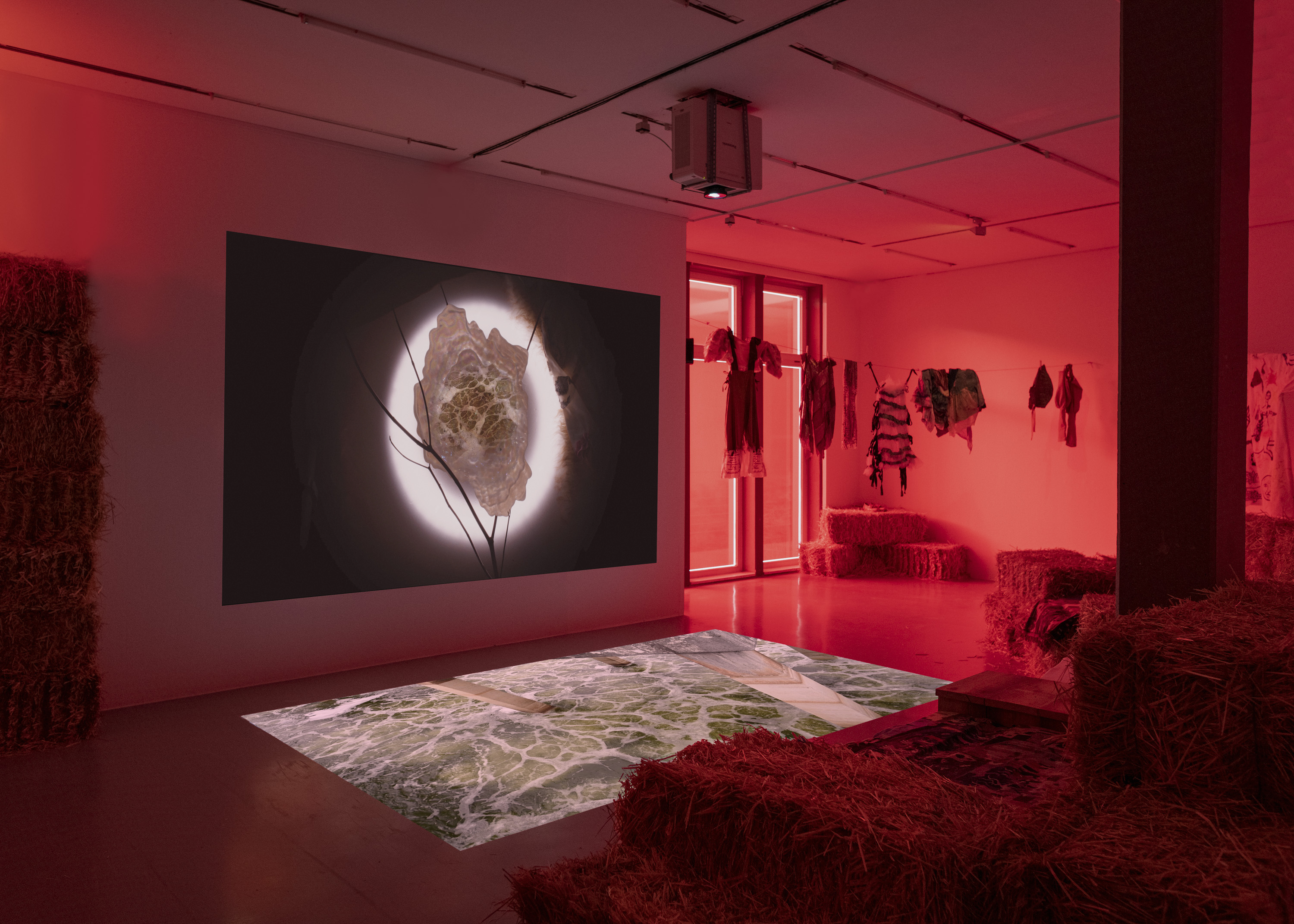
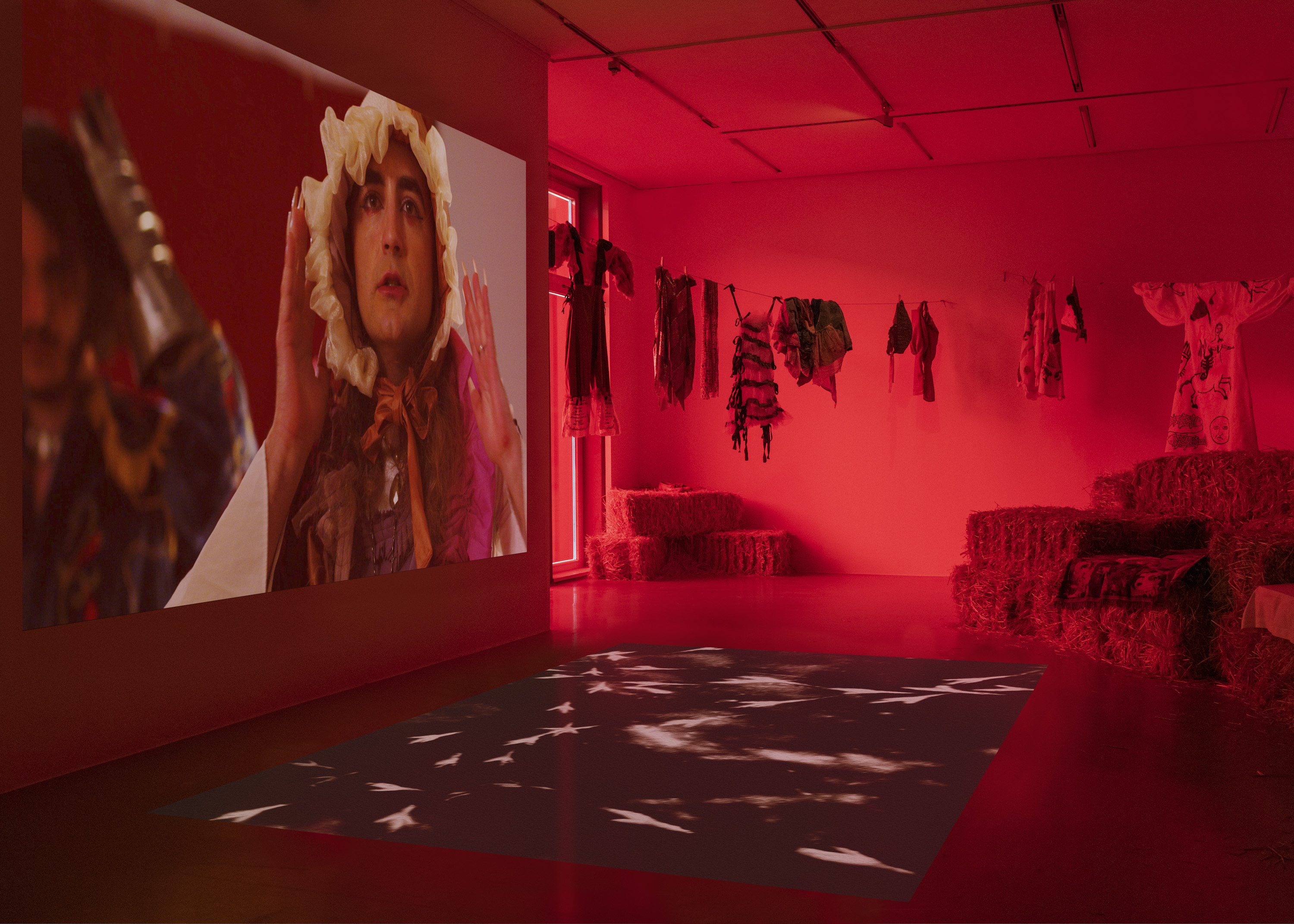
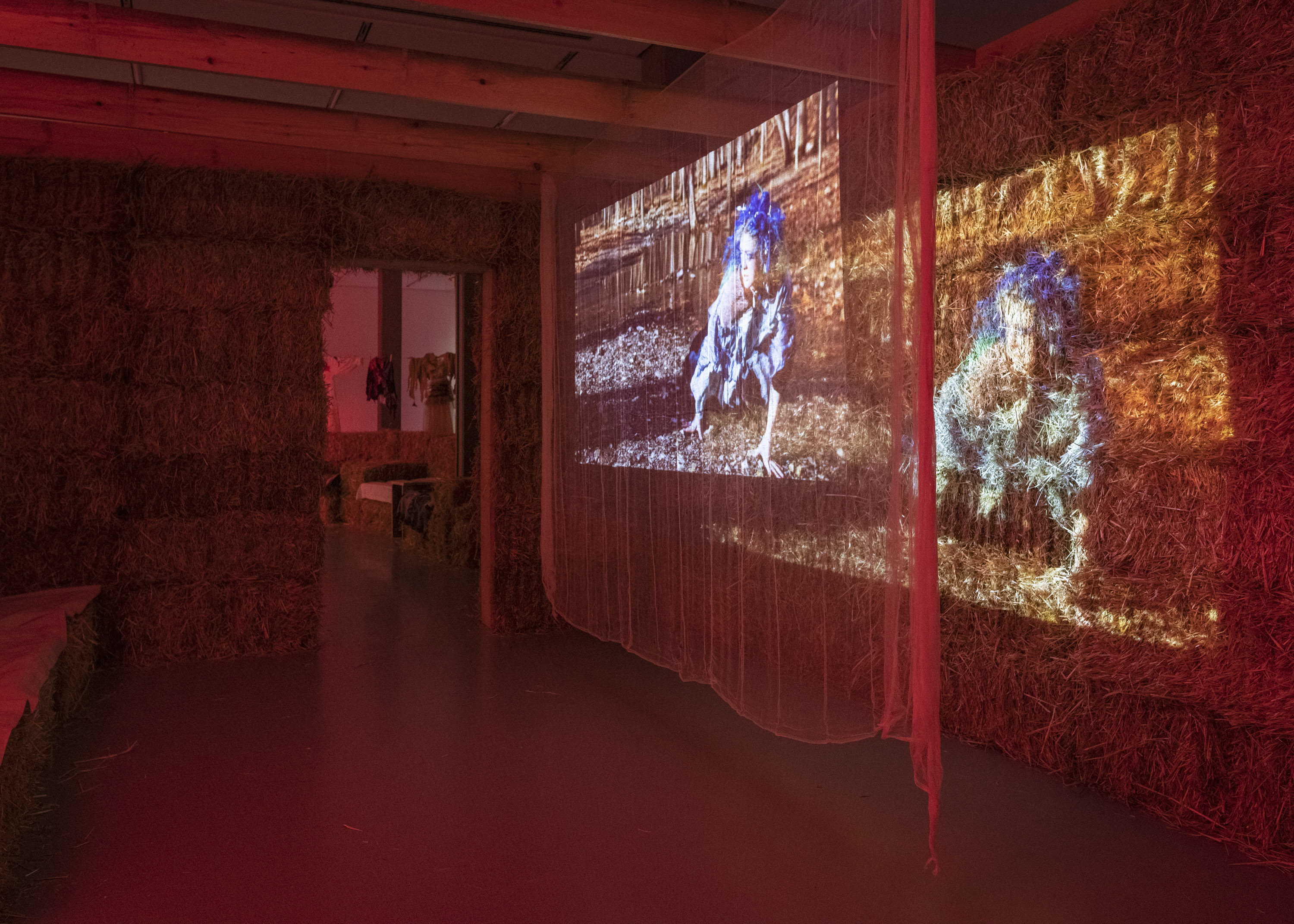
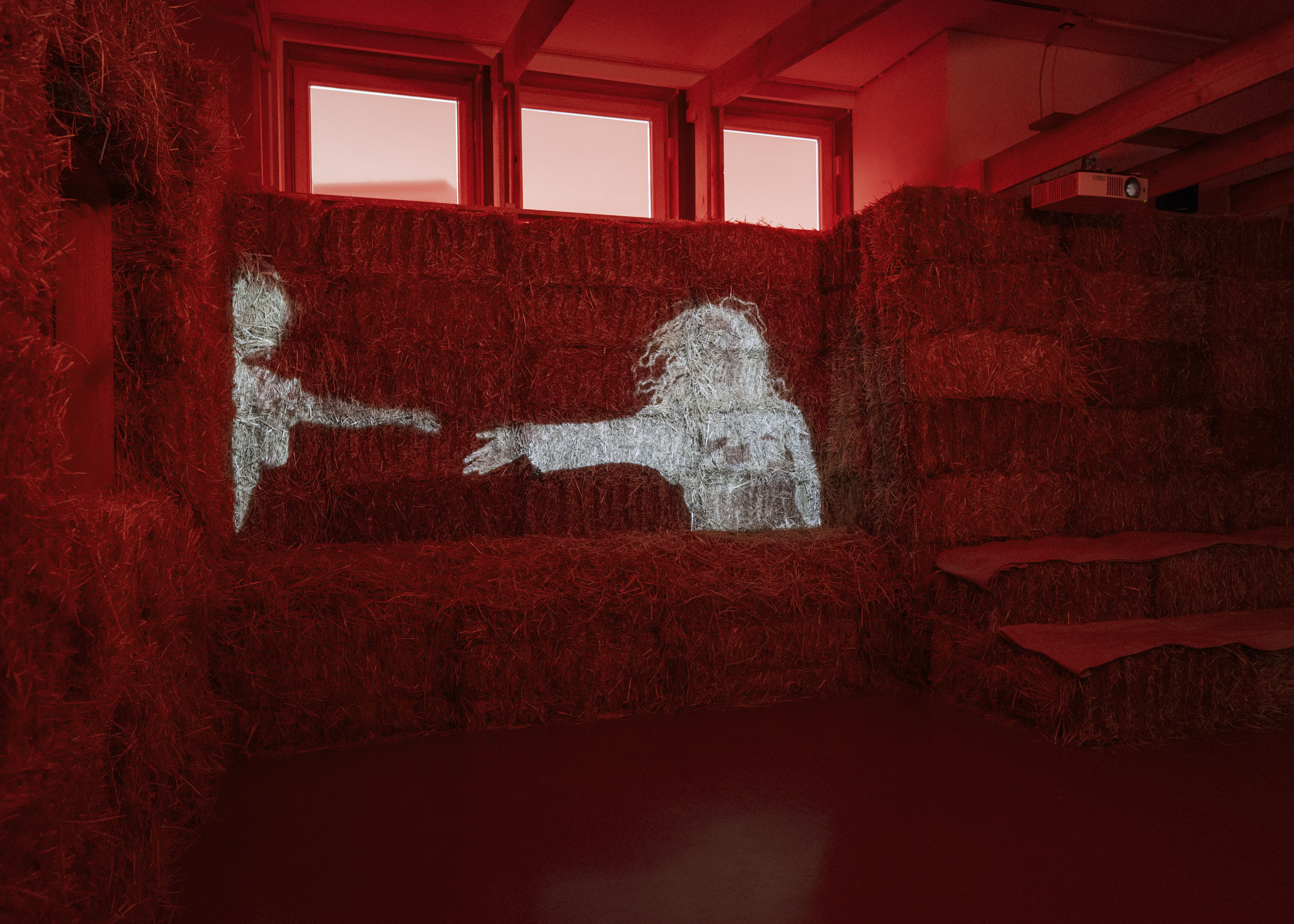


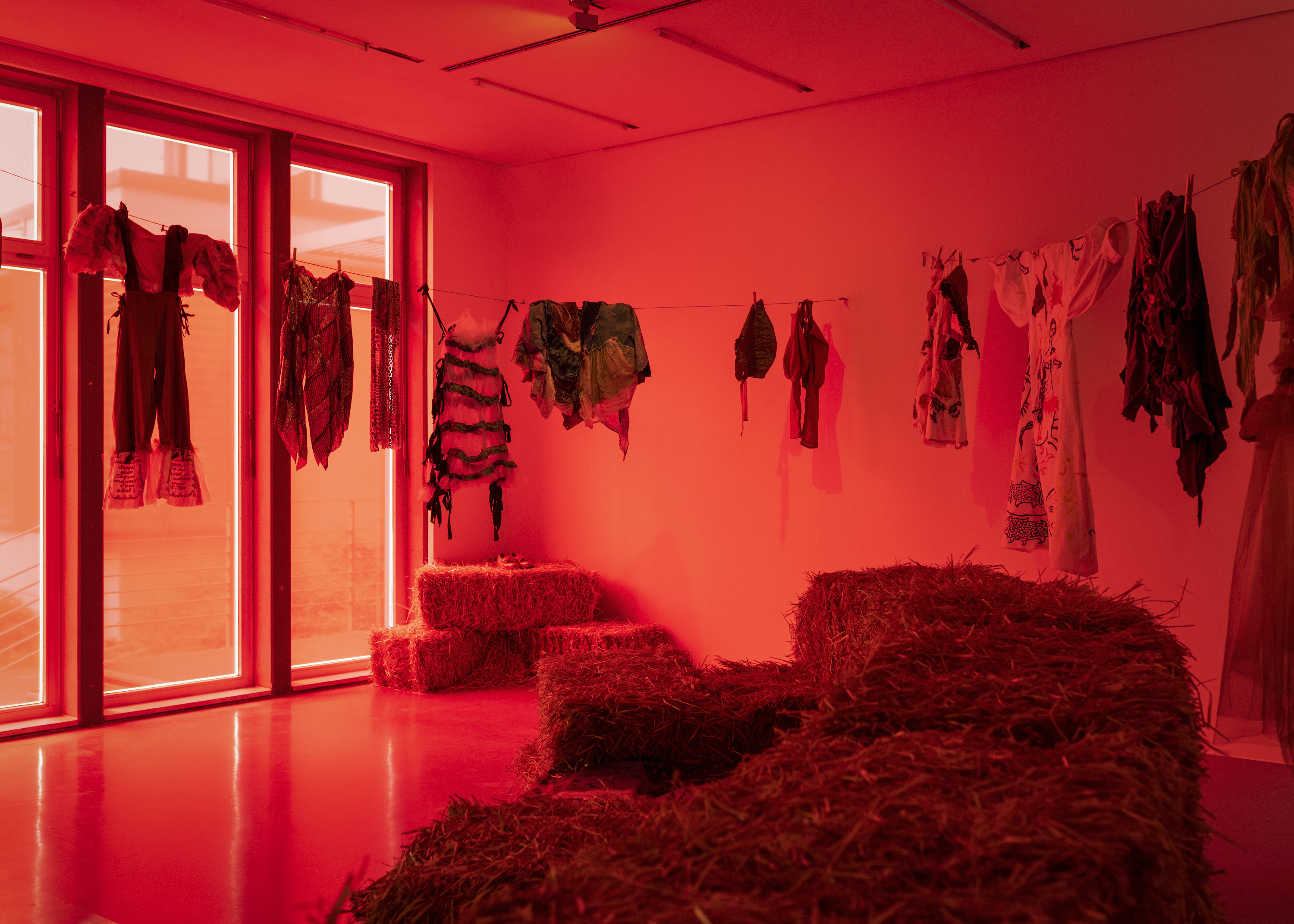

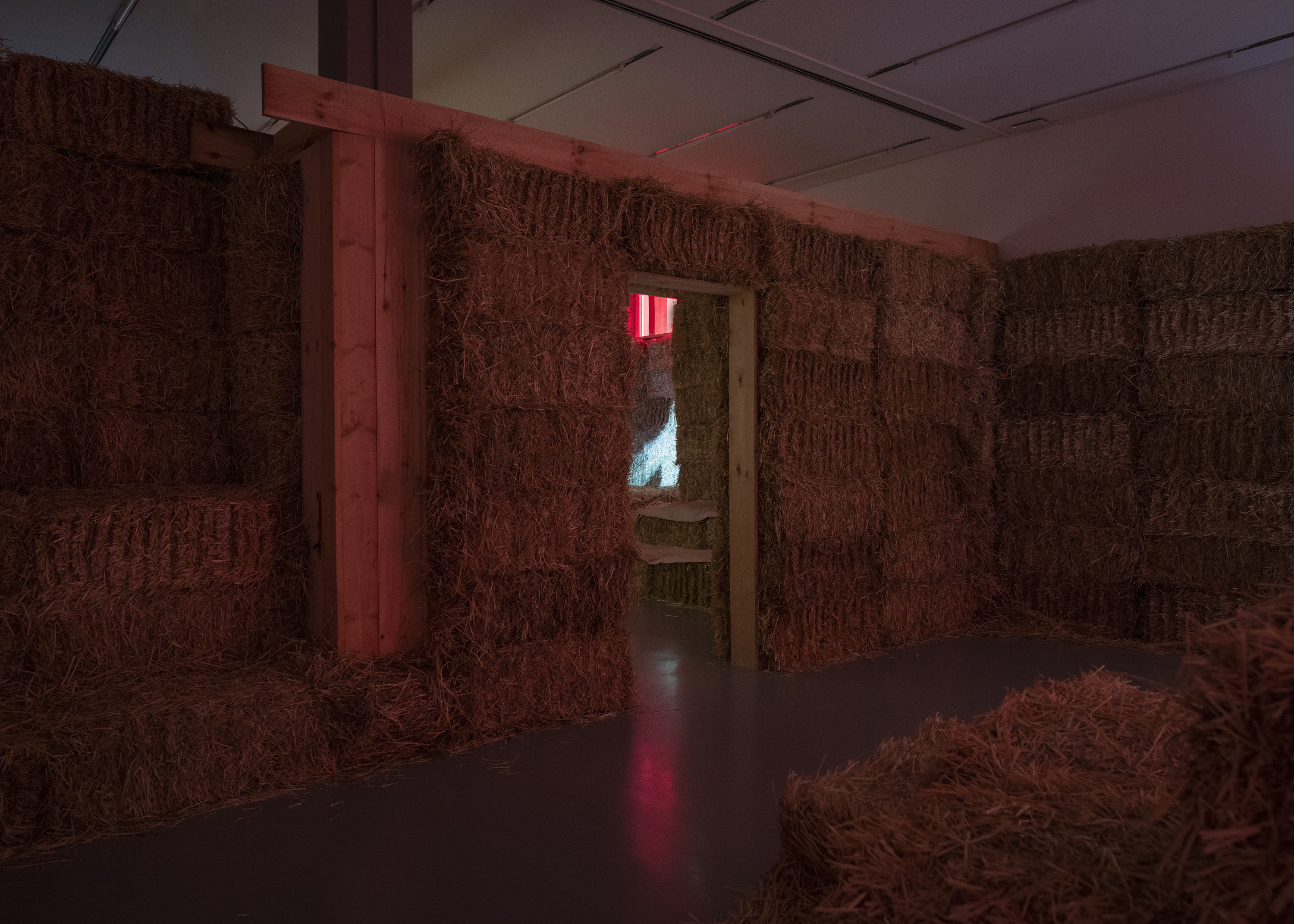
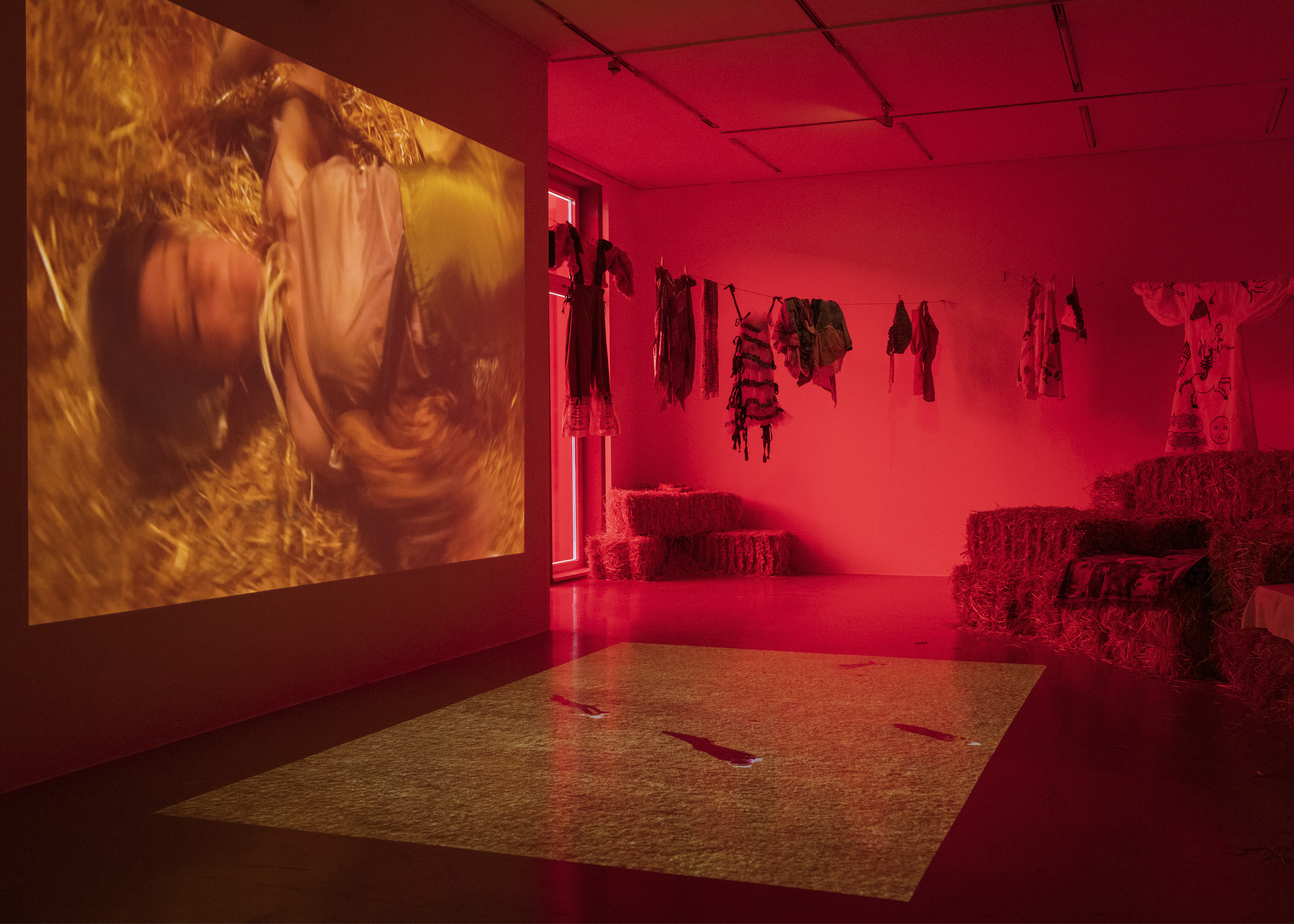
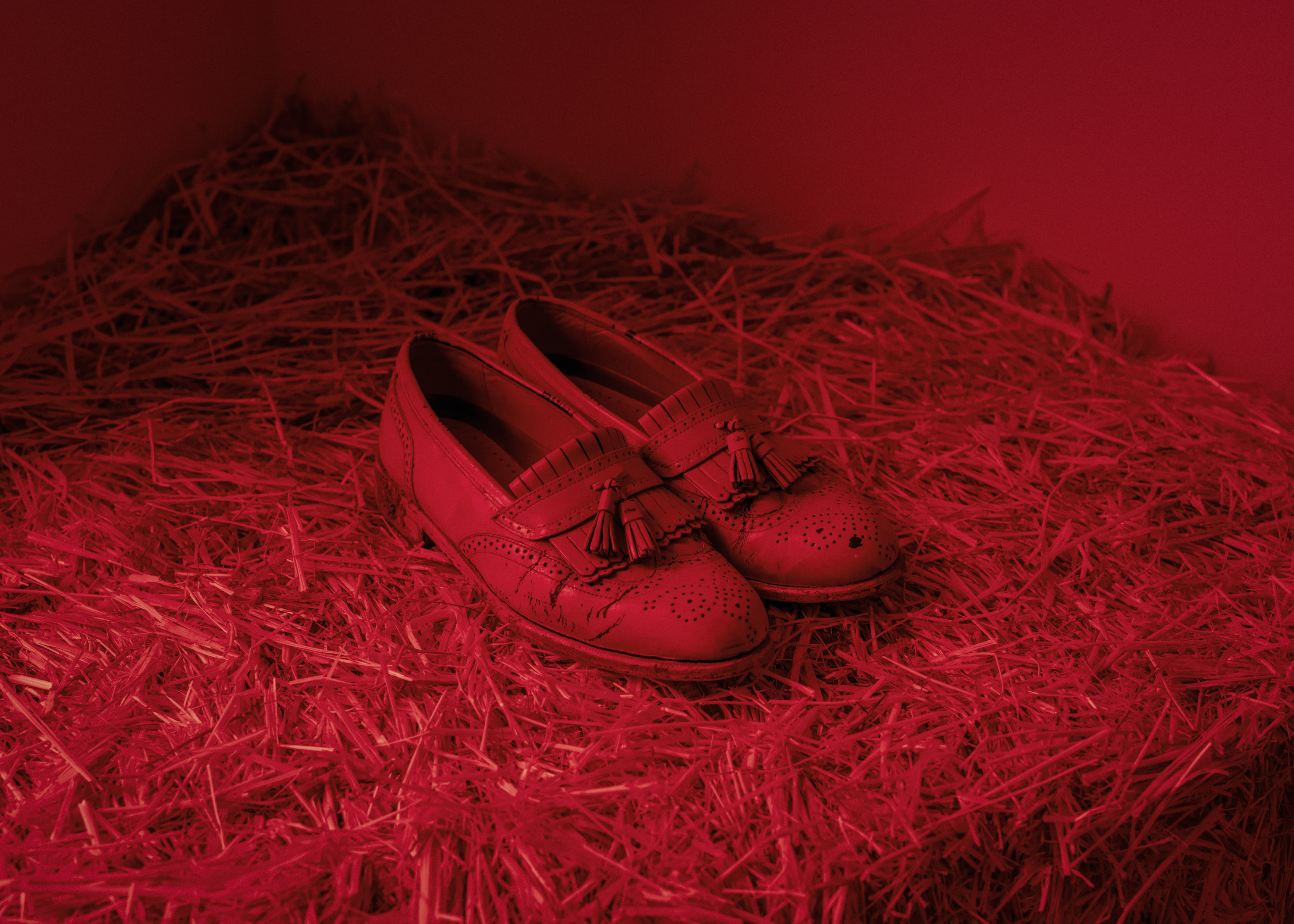

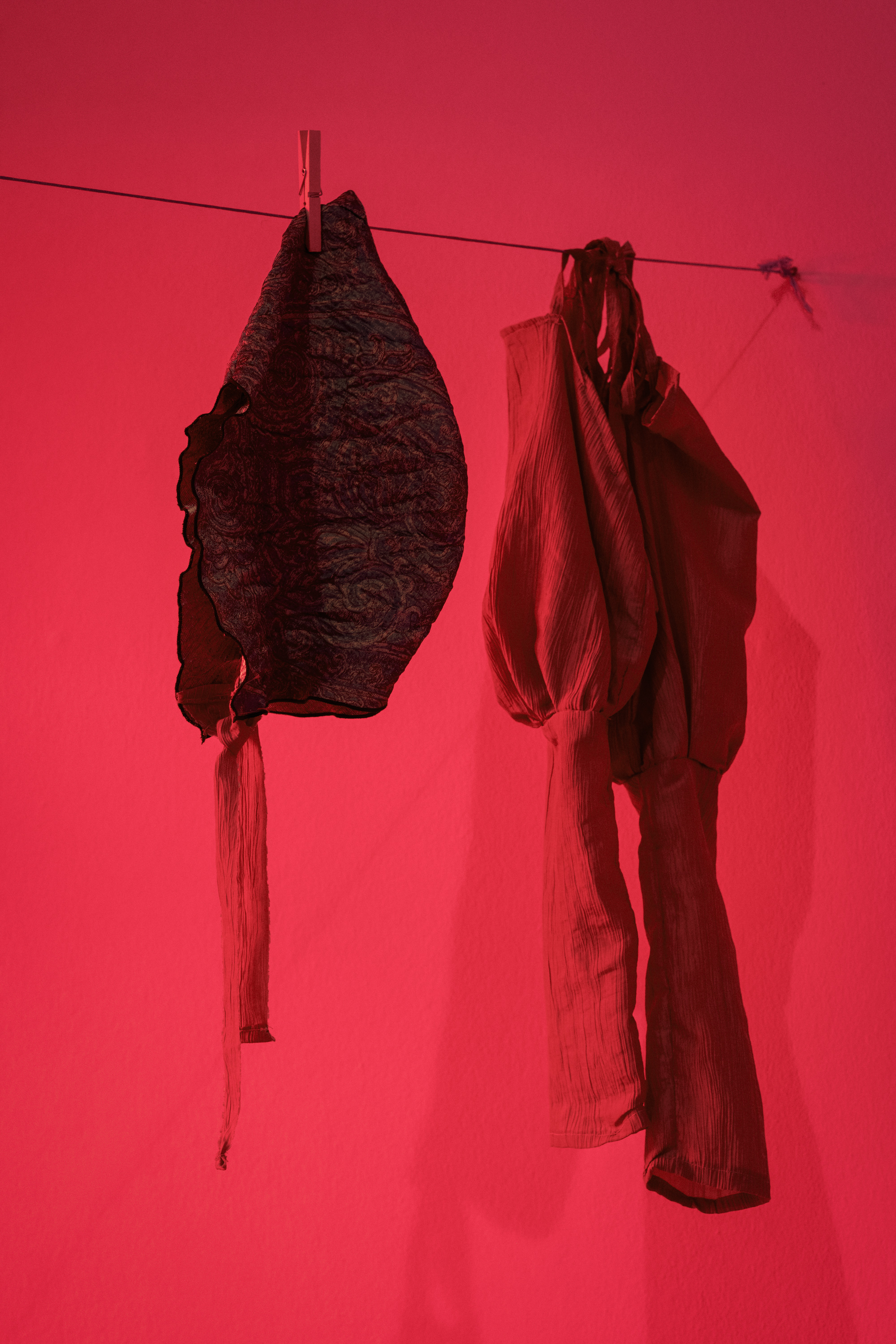
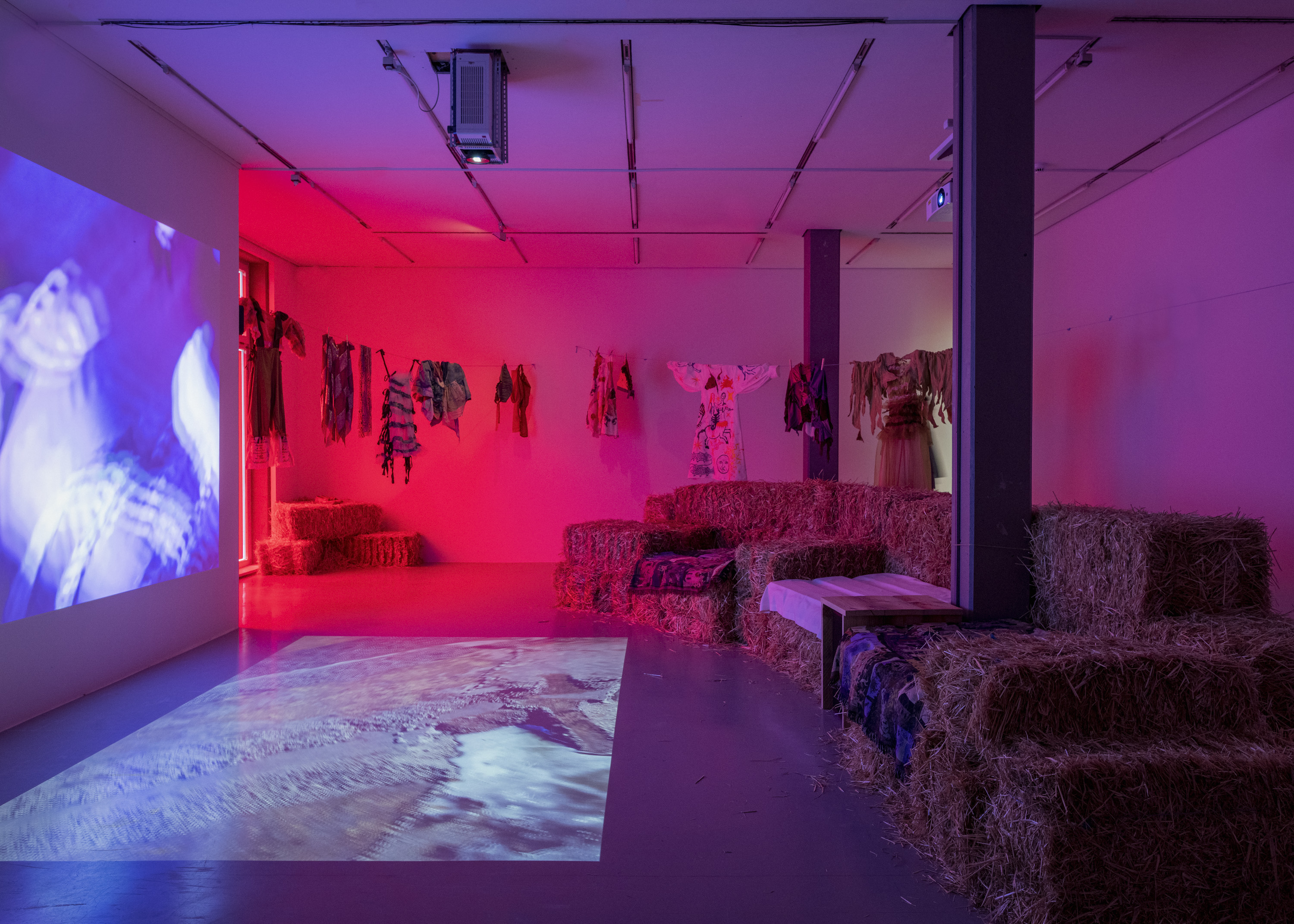
Visit us
Patrons / Partners

